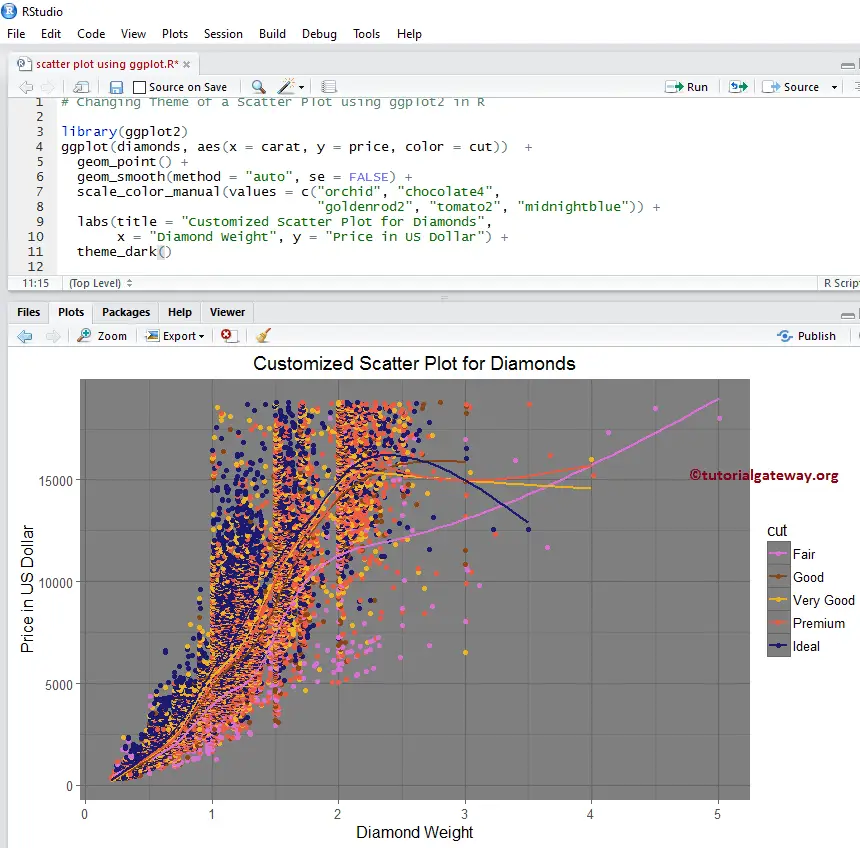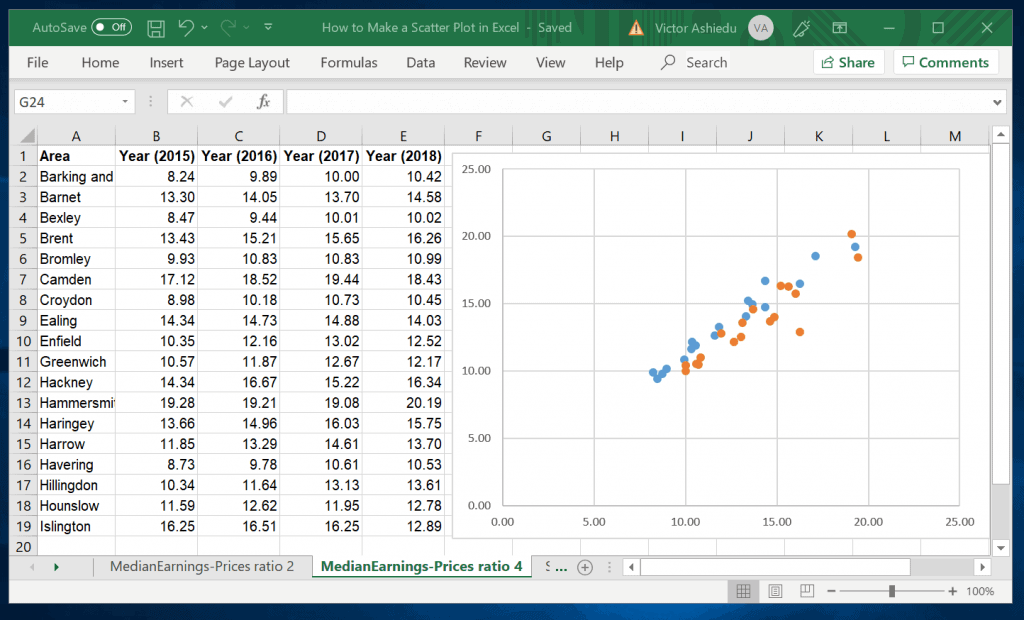

The data is clustering around a straight line which increases (goes up) from left to right across the graph. Consider this situation:Įxample 3: A survey is conducted of dealerships selling dirt bikes to determine how the pricing is connected to the number of desirable accessory packages that are included in the pricing.Īfter plotting the data in a scatter plot, it can be seen that a pattern emerges, As the cost of the bike increases, so does the number of accessory packages connected with the price. Sometimes an outlier may point you in the direction of something beneficial. Also, another group finding 50 ferns on day 6 could also be called an outlier.Īn outlier is not necessarily a "bad" point. One group finding only 10 ferns on day 3 could be called an outlier. The number found follows a pattern of a decreasing line as they go deeper into the forest. As they hike deeper into the forest they find fewer specimens. Invoice vs.Example 2: A research team hikes into a forest looking for a specific fern.

In the example below we consider three variables and draw a scatter plot matrix. We can also have a scatterplot involving more than two variables by grouping them into pairs. When we execute the above code, we get the following output − Scatter Matrix group = type ellipse =(alpha = 0.05 type = predicted) ExampleĬompare y = Invoice x = (horsepower length) We use the additional options in the procedure to draw the ellipse as shown below. We can use an estimation parameter to predict the strength of correlation between by drawing an ellipse around the values. When we execute the above code, we get the following output − Scatterplot with Prediction We will call the male data, melanomamale and the female data, melanomafemale. SELECT make, model, type, invoice, horsepower, length, weight To graph two regression lines in Basic R, we need to isolate the male data from the female data by subsetting. When the scatter plot (or line plot) is created based on the data there are large gaps in. The result shows how the two variables are scattered in the Cartesian plane. The example below shows two batches with sporadic weekly measurements. In a simple scatterplot we choose two variables form the dataset and group them with respect a third variable. VARIABLE is the variable used from the dataset. The basic syntax to create a scatter-plot in SAS is −įollowing is the description of parameters used −

This data set remains in the work library till the end of the SAS session. Please note that we create the data set named CARS1 in the first example and use the same data set for all the subsequent data sets.

In SAS we use PROC SGSCATTER to create scatterplots. Scatter plots are used to observe relationships between variables. The position of each dot on the horizontal and vertical axis indicates values for an individual data point. In this example, each dot shows one persons weight versus their height. For instance, if your data start from x0 and go up by one, you could use x range (len (y1)) as your x axis. A Scatter (XY) Plot has points that show the relationship between two sets of data. The data in a scatter plot is quantitative data (meaning it consists of numbers), and it is referred to as bivariate data (meaning it is working with two sets. import matplotlib.pylot as plt plt.scatter (x, y1) plt.scatter (x, y2) plt.show () You would set x to be a list containing the corresponding x axis values for your series. It is usually used to find out the relationship between two variables. A scatter plot (aka scatter chart, scatter graph) uses dots to represent values for two different numeric variables. You could use plt.scatter to get a scatter plot. A scatterplot is a type of graph which uses values from two variables plotted in a Cartesian plane.


 0 kommentar(er)
0 kommentar(er)
